Inside today’s Instagram-worthy stores and at the next big event you attend, you're likely to spot glowing signs sporting witty phrases or personalized names. While these modern luminous displays often mimic the warm glow of neon, they're typically LED creations — affordable, energy-efficient impostors capturing the aesthetic, but not the craft, of their predecessors. This resurgence of neon-style lighting, from college dorm rooms to trendy bars, is more than a fleeting design fad. It's a nostalgic nod to a century-old tradition that once transformed New York City's nightscape. As we bask in the glow of these contemporary interpretations, let's explore the genuine article—the era when real neon first electrified the Big Apple's streets and forever changed the face of urban advertising.
Neon arrived in NYC in the 1920s, shortly after its Parisian debut, coinciding with a revolution in American advertising. This new medium brought unprecedented scale, color, and boldness to product marketing, transforming the city’s avenues into corridors of light and color. Neon signage wasn't just eye-catching; it represented technological modernity, visualizing mass electrification sweeping across urban America.

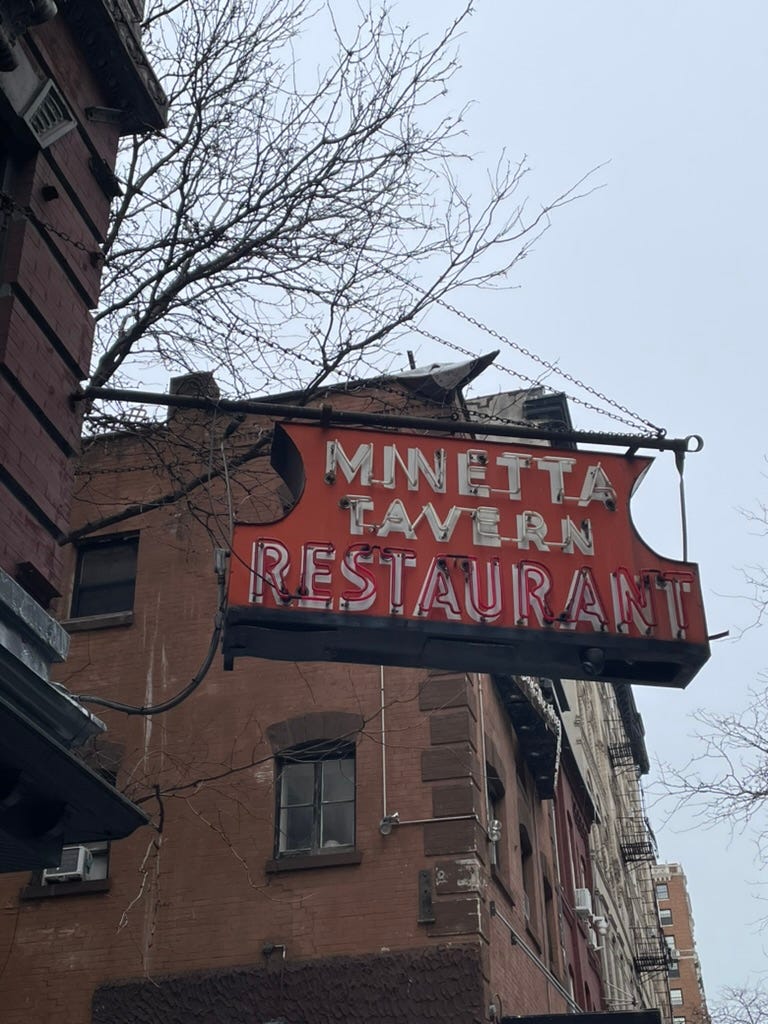
Times Square quickly became the epicenter of this neon explosion. By the 1930s, the area was ablaze with glowing advertisements, enhancing the already bright appearance that had earned it the nickname "The Great White Way" due to its white arc lamp illumination. This concentration of electrical advertising in city centers was no coincidence. Before the rural electrification initiatives of the 1930s, electricity was significantly cheaper in urban areas, making cities like New York the perfect canvas for this new form of vibrant promotion.
Stores began using neon for their signage and across the city, adopting the font styles of the time; its bright beckoning became synonymous with New York's commercial landscape and nightlife. The signs represented a fusion of art, commerce, and technology that perfectly encapsulated the spirit of the times. Many of these original signs disappeared, yet some still exist today.
When I come across them, I always take a moment to photograph them because I know the next time I go by, the sign may not be there. Below are some photos I’ve captured across the city:

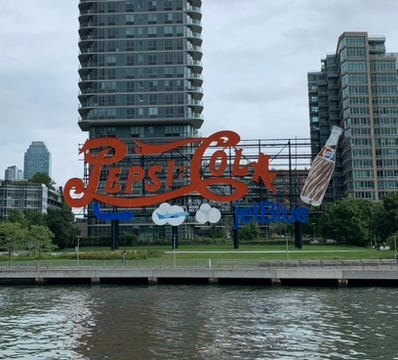
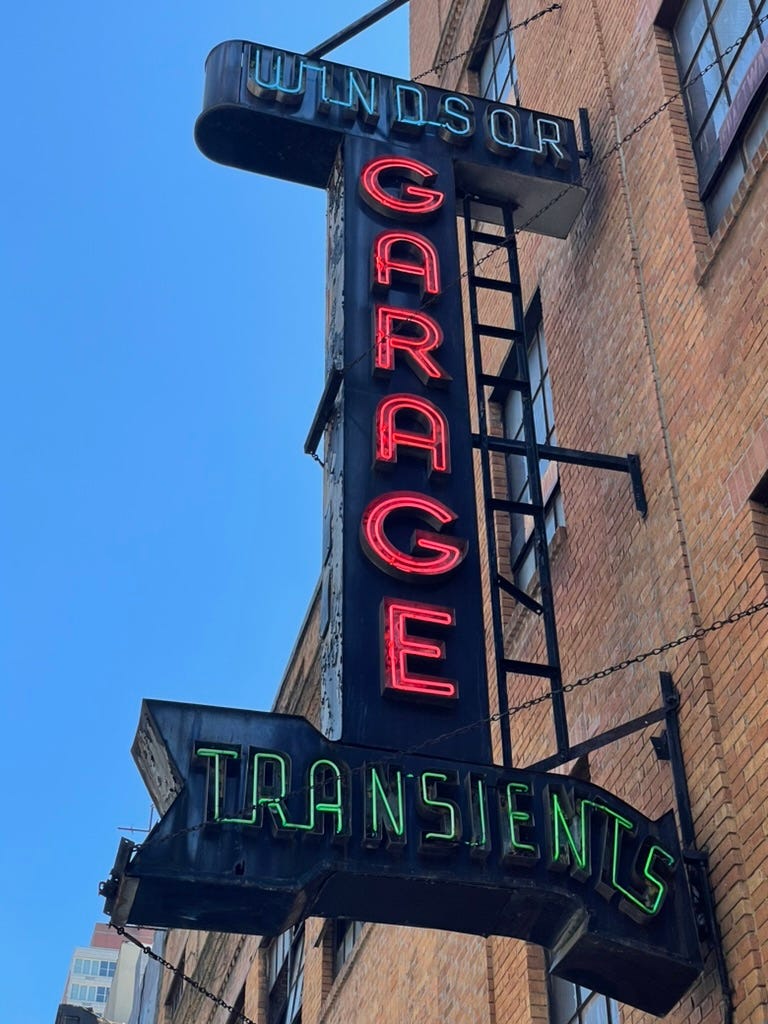
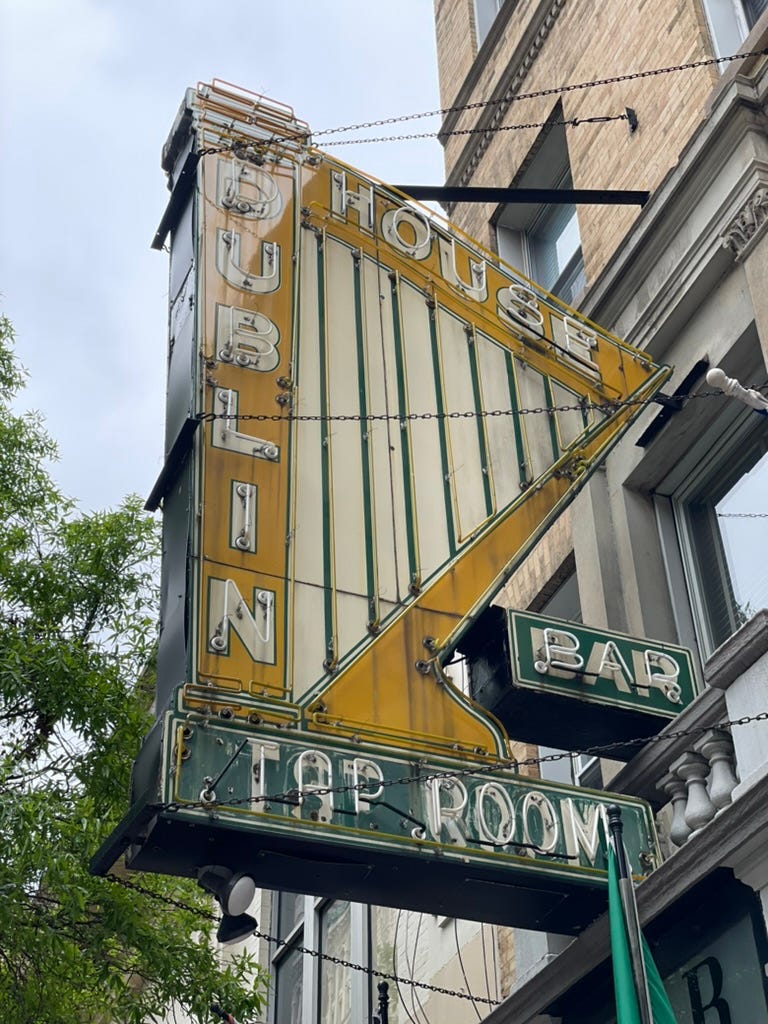

The 1960s and 1970s saw a decline in neon's popularity. Cheaper alternatives emerged, and changing tastes favored more subdued aesthetics. Neon became synonymous with the supposed dangers and temptations of big cities.
A pivotal factor in neon's decline was the Highway Beautification Act of 1965, nicknamed "Lady Bird's Bill" after Lady Bird Johnson. While primarily aimed at regulating billboards and removing unsightly land uses from public view, the act had an unintended depressing effect on neon signage. Lady Bird Johnson's dislike of the medium contributed to its fall from favor. The act didn't directly ban these bright signs but encouraged their removal through strict regulation of outdoor advertising. Some towns passed anti-neon ordinances. Even more damaging for neon was that backlit plastic signs could be manufactured quickly and cheaply.
As we navigate modern New York, new authentic neon is still popping up thanks to fabricators like Let There Be Neon and Lite Brite, who mainly service businesses and artists. Luckily, dedicated New Yorkers work to maintain the city's remaining neon landmarks. James and Karla Murray ran a Kickstarter campaign to save the Palomba Academy of Music signage in the Bronx, sending it to a museum in Cincinnati: their book, New York Nights, documents many storefronts with glowing neon signs that are no longer.
In a city constantly reinventing itself, these preserved neon signs - from the towering Pepsi-Cola sign to hidden gems like the Loft's Candies sign—serve as bright reminders of New York's luminous past. They tell stories of the city's evolution, embodying an era when craftsmanship and commerce intersected in dazzling displays. As we embrace modern LED convenience, these authentic neon relics continue to reflect New York, which was and always will be a city of bright lights and big dreams.
Words of the Week:
“New York has always been going to hell, but somehow it never gets there.”
- Robert Pirsig, 1992
Photo of the Week:
The above sign is on the North Fork of Long Island and went up in 1956. It marks an old-fashioned snack bar Epicurious featured in 2014. We visited for Father’s Day and tried their famous lemon meringue pie—it was fantastic. Stop in for some pie and coffee if you're in the area!
Psst... Hey, fellow Substackers! As part of our unique community, your voice holds immense power. By recommending fly Bravely, you're not just sharing a hidden gem, but also shaping the way your readers see the world. Will you take the leap and recommend Fly Bravely? Your recommendation could be the spark that ignites a new perspective. ✨






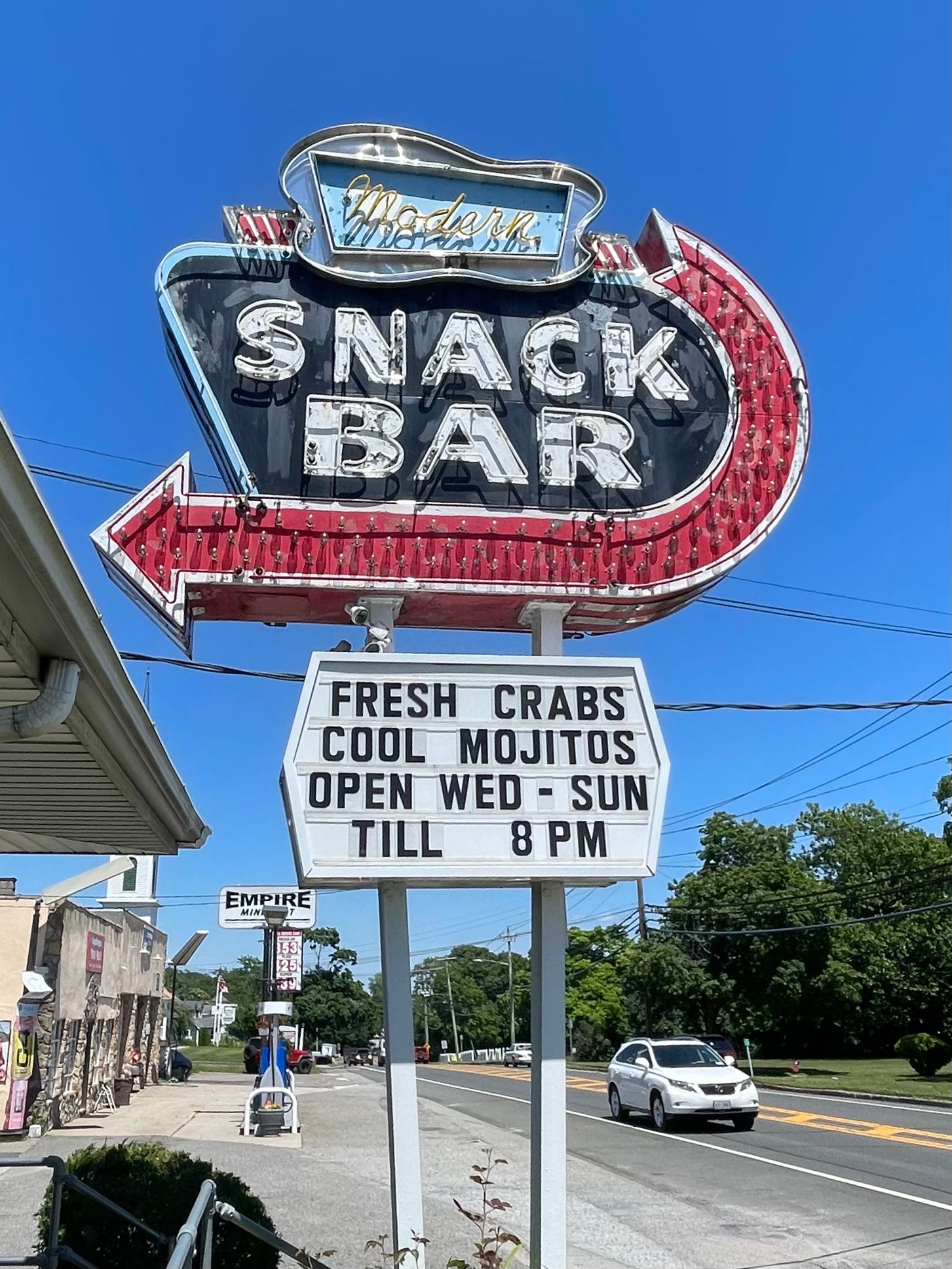
So interesting! I learned something new today. Thanks, Lia!
Wonderful column and pictures.